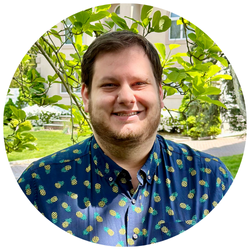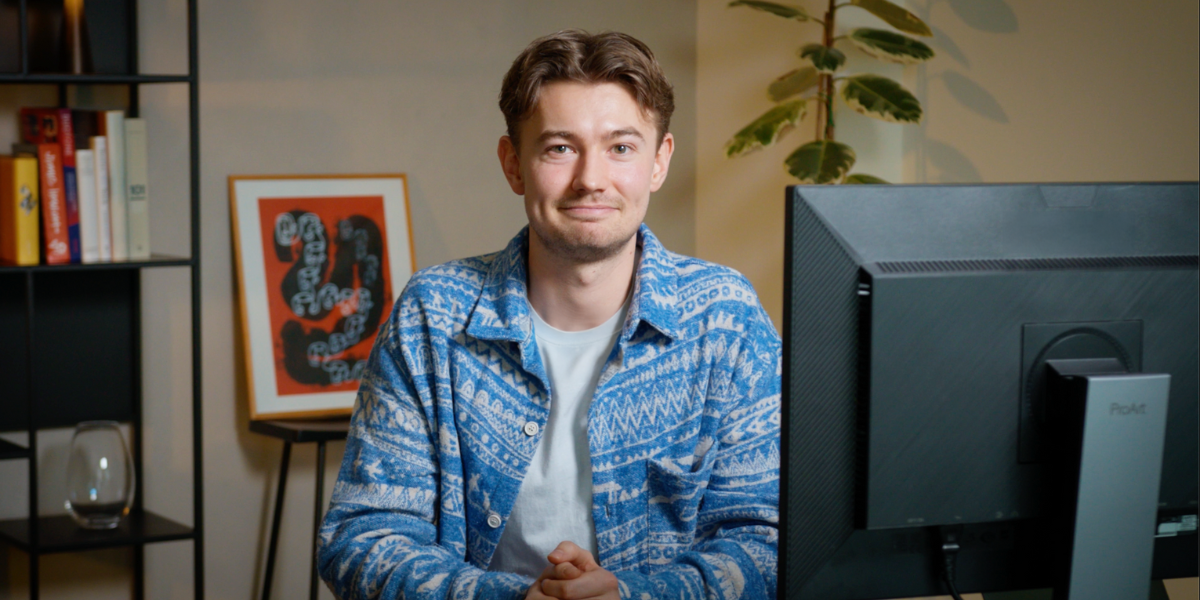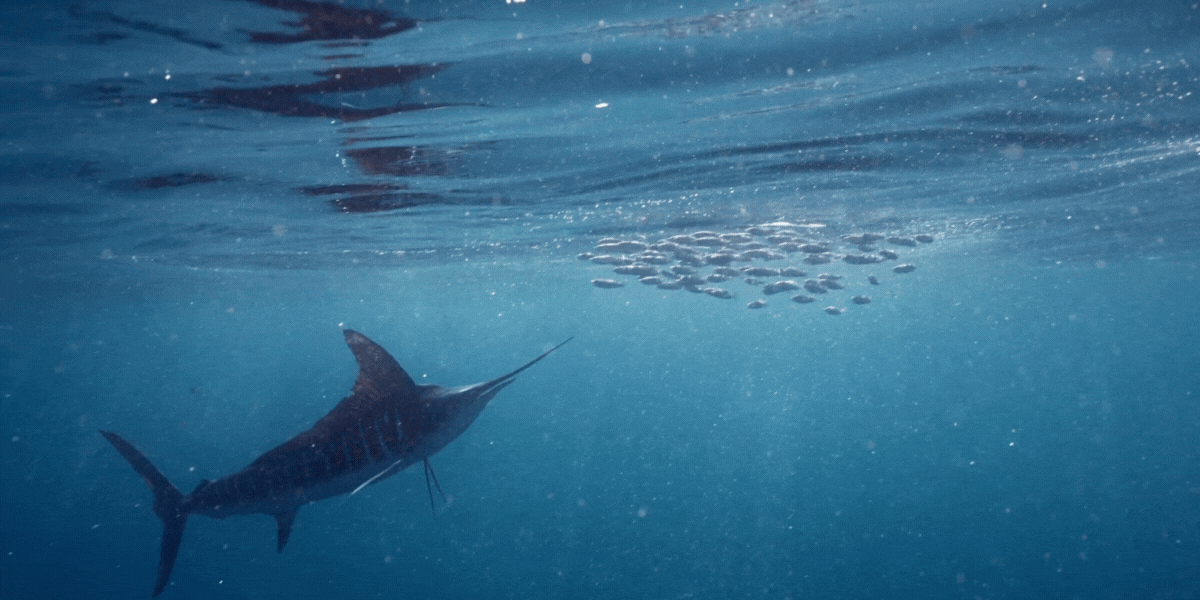Every writer has had the same thought: I'll sit down and write … just as soon as I'm inspired.
When the muse of words is kind enough to grant me a visit, I'll grab a pencil or sit down at my Freewrite.
Any second now...
This approach has a problem — this moment of spontaneous inspiration is a myth. Literally.

"The Kiss of the Muse" by Paul Cézanne
The Myth of Sudden Inspiration
The idea of a muse is actually where the concept of sudden inspiration began. In Greek mythology, muses were described as goddesses who provided artists, writers, and musicians with divine sparks of inspiration.
Having an instantaneous jolt of inspiration was quite literally a gift from the gods.
The notion of sudden inspiration transformed over the years. In the Romantic era, spanning the late 18th and early 19th centuries, creativity was often depicted as a spontaneous force. Poets like William Wordsworth were renowned for their vivid descriptions of these moments of exhilarating inspiration.
Today, we recognize that while the idea of sudden inspiration may be alluring, it's hard work that truly brings words to life.
Just ask children's author E. B. White, who once said,
"A writer who waits for ideal conditions under which to work will die without putting a word on paper."
But how does a writer get started? How can you stop waiting for inspiration and create your own momentum?
Learning to Create Your Own Inspiration
In 1966, American writer and Nobel Prize winner William Faulkner said,
"I only write when inspiration strikes. Fortunately, it strikes at nine every morning."
This was Faulkner's way of saying that instead of waiting for inspiration to strike by chance, he forced himself to sit down at 9 a.m. every day and write anyway.
In other words: Inspiration is not an enchanted moment you must capture in a jar but, instead, a state of mind that you can create.
The best way to capture the elusive spark of inspiration is to plan. A dash of planning, a bit of discipline, and a developed routine are all a writer needs to create their very own inspiration, à la Faulkner.
In other words: Inspiration is not an enchanted moment you must capture in a jar but, instead, a state of mind that you can create.
Begin by selecting a recurring time to write. It could be in the morning, afternoon, evening, or even in the middle of the night. Making this a recurring habit will make it easier to sit down and write. Choose a duration that will help you stay focused on the task at hand; it can be as long as a few hours or as short as 15 minutes.
Alternatively, set a minimum word count for each writing session. The feeling of accomplishment when you meet your word count goal, can be a great source of inspiration.
Here are a few more tips to keep you focused on the writing process:- Set clear goals for your writing session
- Minimize distractions by writing in a quiet place without interruption
- Use a distraction-free writing tool such as the Freewrite Smart Typewriter
- Keep your workspace neat, with everything you need to write within reach
- Provide yourself with a small reward for finishing your writing sessions
- Make your writing time non-negotiable and stick to your schedule
“Amateurs sit and wait for inspiration; the rest of us just get up and go to work.”
Stephen King
Enjoying the Writing Process
Remember: Inspiration is not a bit of magic — it’s a habit.
Building a schedule and forcing yourself to write even when you don’t feel like it will get the creative juices flowing and push you toward internal inspiration.




























